As Giving Tuesday approaches, it’s time to turn our attention to the brave heroes who tirelessly serve and protect our communities—military and working dogs. These loyal canines often go unnoticed but play a crucial role in protecting our lives. One organization that’s making an impact in the lives of retired service dogs is Project K9 Hero.
The Mission of Project K9 Hero:
Project K9 Hero is a non-profit organization with a noble mission: to provide a peaceful retirement and quality healthcare for retired military and working dogs. These incredible animals serve alongside our brave men and women in uniform, risking their lives to protect and defend our nation. They detect explosives, locate missing persons, and perform a variety of other life-saving tasks.
However, once these dogs retire, they often face a significant lack of support and funding for their medical care. Project K9 Hero steps in to bridge this gap. Their work ensures that these retired heroes can enjoy their well-deserved retirement years comfortably, receiving the medical care they need.
Why Project K9 Hero Needs Your Support:
- Lifesaving Medical Care: Many retired military and working dogs suffer from health issues due to their time in service, including injuries, chronic pain, and other ailments. Project K9
- Hero provides these heroes with access to the best veterinary care and covers the costs, ensuring they live a happy, healthy, and pain-free retirement.
- Financial Assistance: Project K9 Hero assists retired dog handlers by providing financial aid to cover the medical expenses of their canine partners. This support is vital in easing the burden on the shoulders of those who have already sacrificed so much for our nation.
- Public Awareness: Project K9 Hero plays a crucial role in raising awareness about the vital contributions of military and working dogs. By supporting their work, you’re helping shine a light on the often-underappreciated heroes who protect us every day.
How You Can Help on Giving Tuesday – And Any Day!:
On Giving Tuesday, you have the opportunity to make a difference in the lives of these heroes. Here are a few ways you can support Project K9 Hero:
- Donate: Consider making a generous donation to Project K9 Hero. Every dollar counts and will directly contribute to the well-being of retired military and working dogs.
- Spread the Word: Share information about Project K9 Hero on your social media platforms and with your friends and family. Raising awareness can inspire others to contribute to this worthy cause.
- Volunteer: If you have the time and skills to offer, consider volunteering with Project K9 Hero. Your time and expertise can make a meaningful impact.
- Purchase Merchandise: Many non-profits, including Project K9 Hero, offer merchandise for sale, with proceeds going toward their cause. Consider buying a t-shirt, hat, or other items to support the organization.
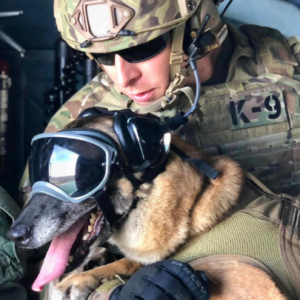 This Giving Tuesday, let’s unite to support Project K9 Hero and ensure that our four-legged heroes receive the love, care, and support they deserve. These brave canines have selflessly served our nation, and now it’s our turn to give back. By donating to Project K9 Hero, you’re not just supporting a noble cause; you’re honoring the service and sacrifice of these incredible animals. Together, we can make a difference and ensure that every military and working dog enjoys a well-deserved retirement.
This Giving Tuesday, let’s unite to support Project K9 Hero and ensure that our four-legged heroes receive the love, care, and support they deserve. These brave canines have selflessly served our nation, and now it’s our turn to give back. By donating to Project K9 Hero, you’re not just supporting a noble cause; you’re honoring the service and sacrifice of these incredible animals. Together, we can make a difference and ensure that every military and working dog enjoys a well-deserved retirement.
Paragon is proud to say that we stand behind and support the mission of Project K-9 Hero. So, mark your calendar for Giving Tuesday and consider giving to Project K9 Hero. Your support can help save and improve the lives of these unsung heroes. Join us in making a difference this Giving Tuesday, and let’s show our gratitude to the dogs who have faithfully served our nation. Learn more about the Project K9 Hero mission in this excerpt of their annual report.





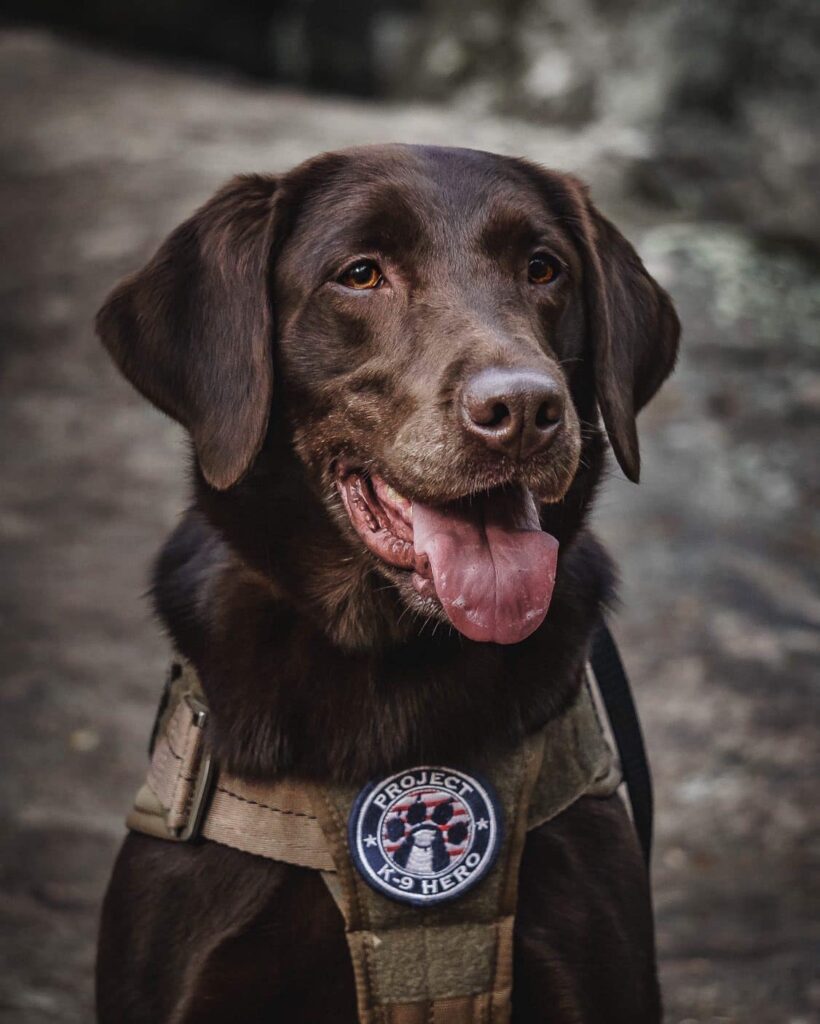


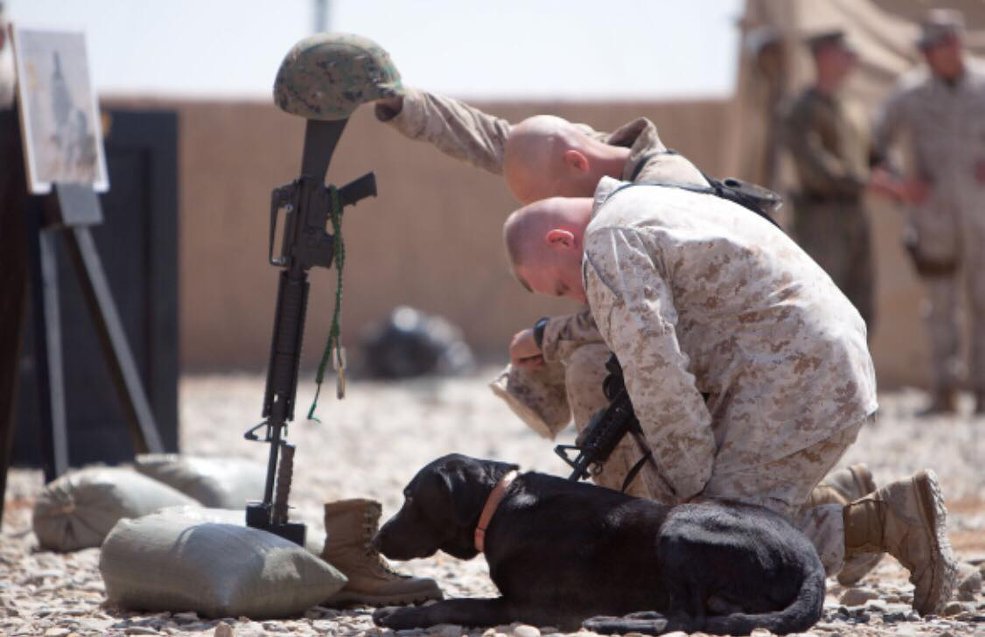
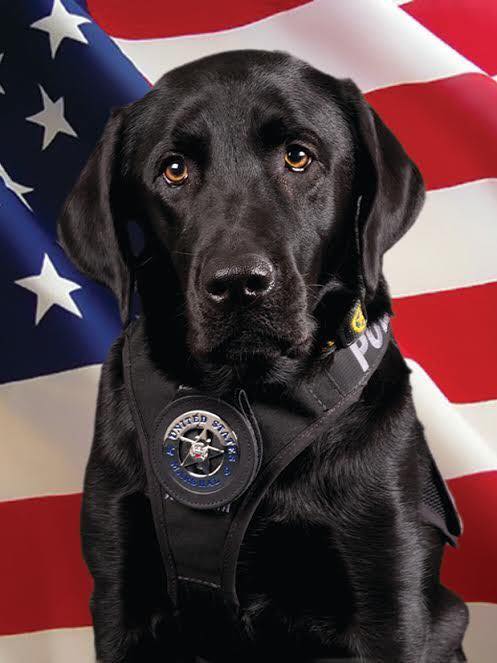
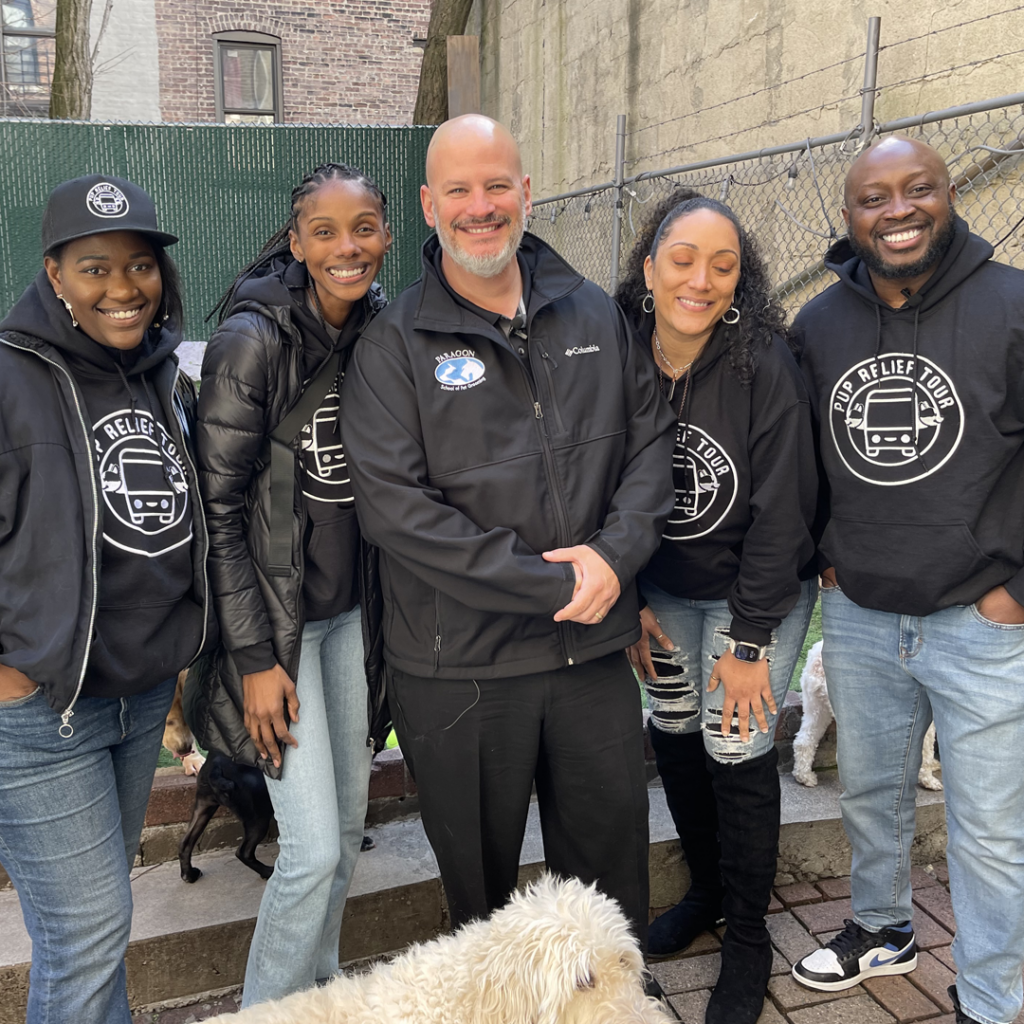

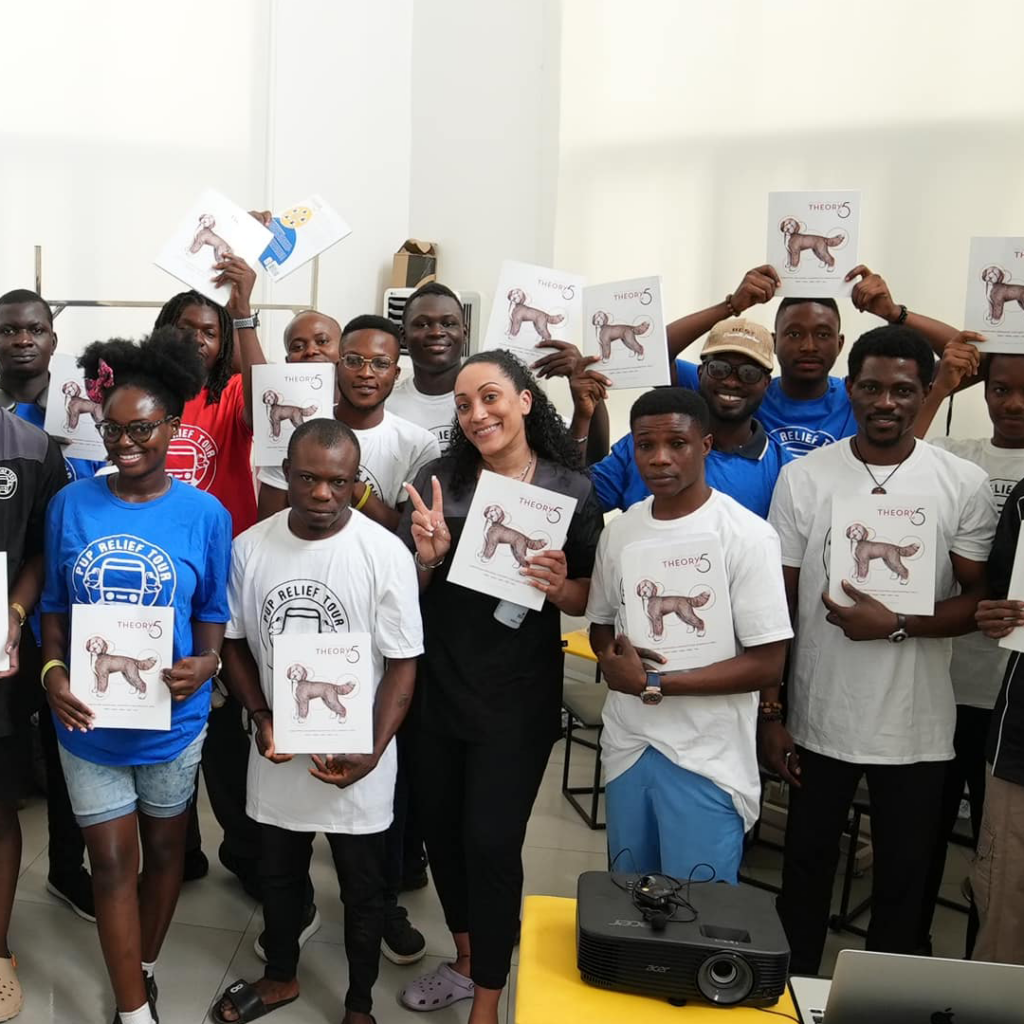
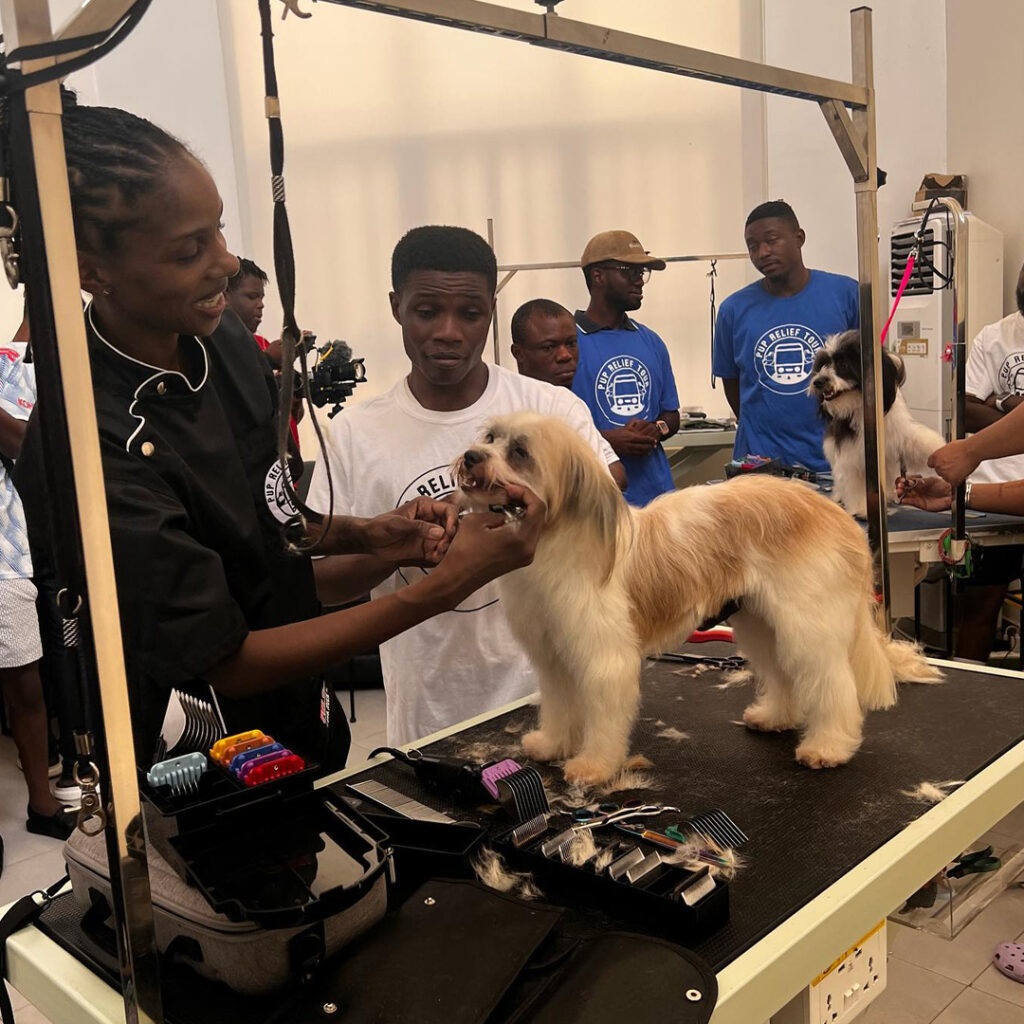
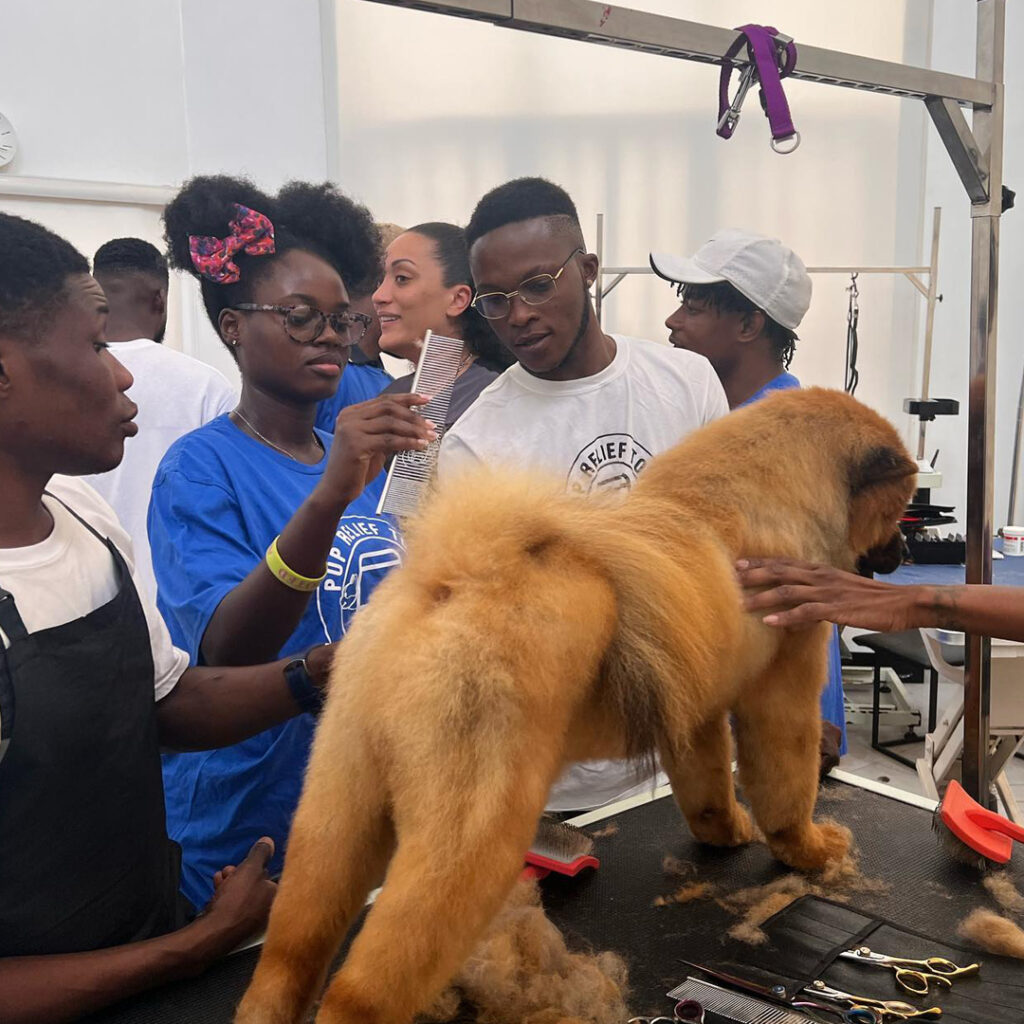
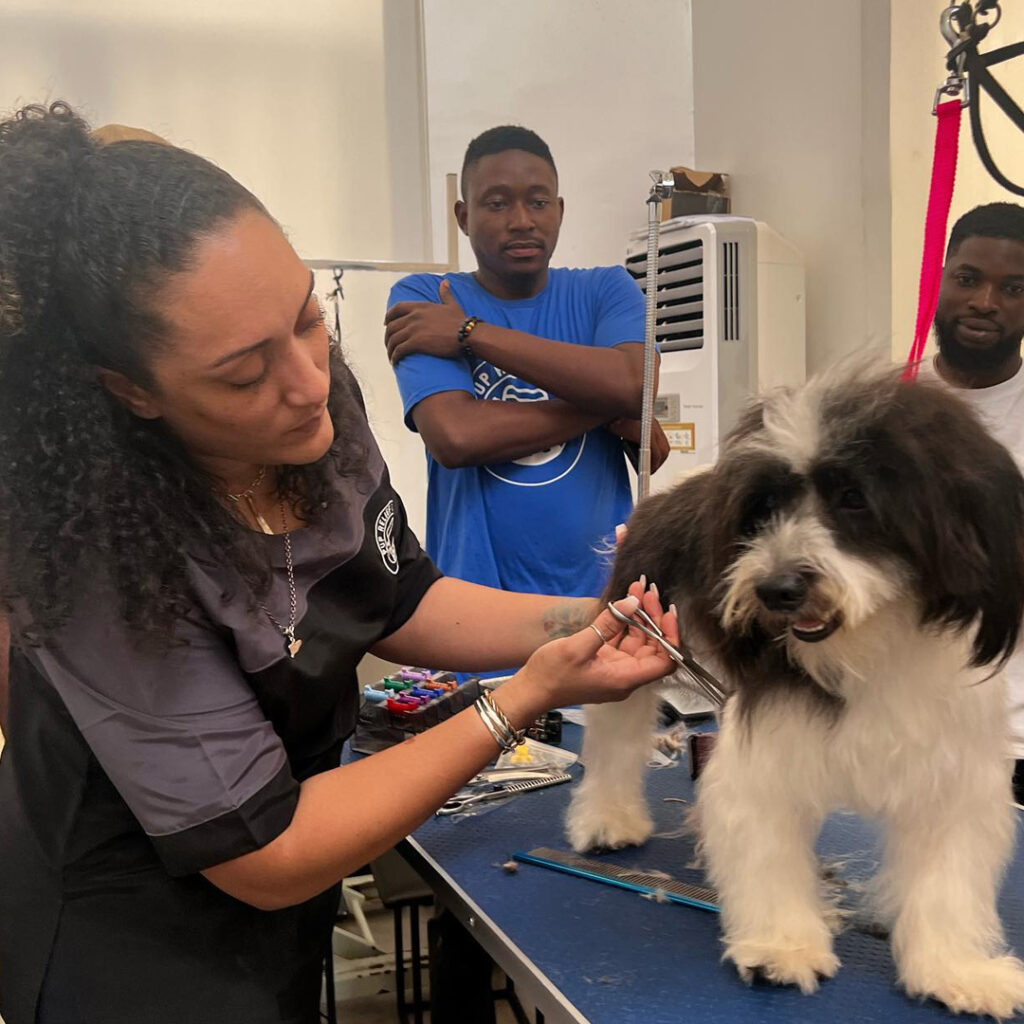
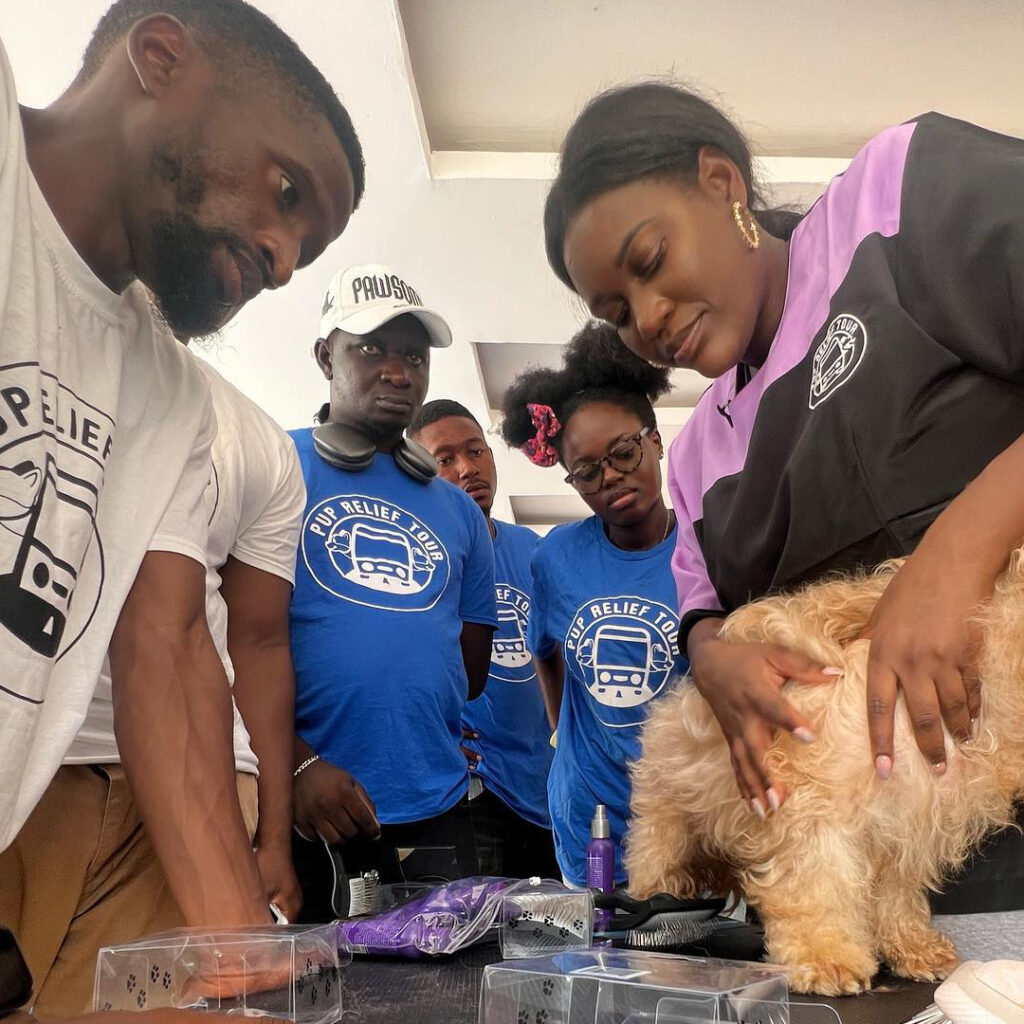

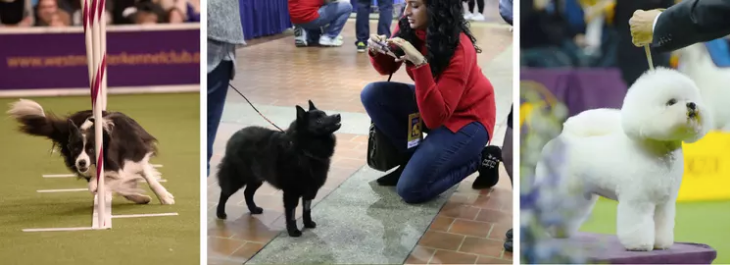
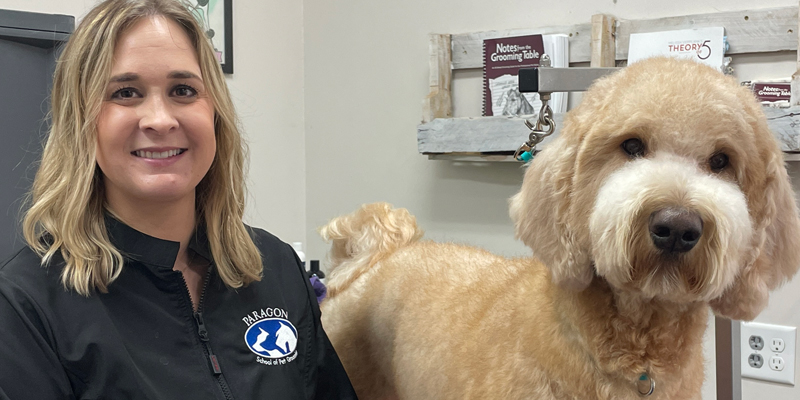
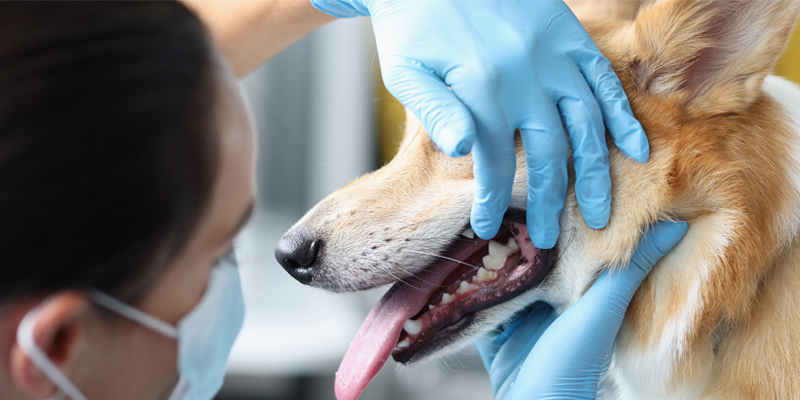 – By Joe Zuccarello, Paragon President
– By Joe Zuccarello, Paragon President